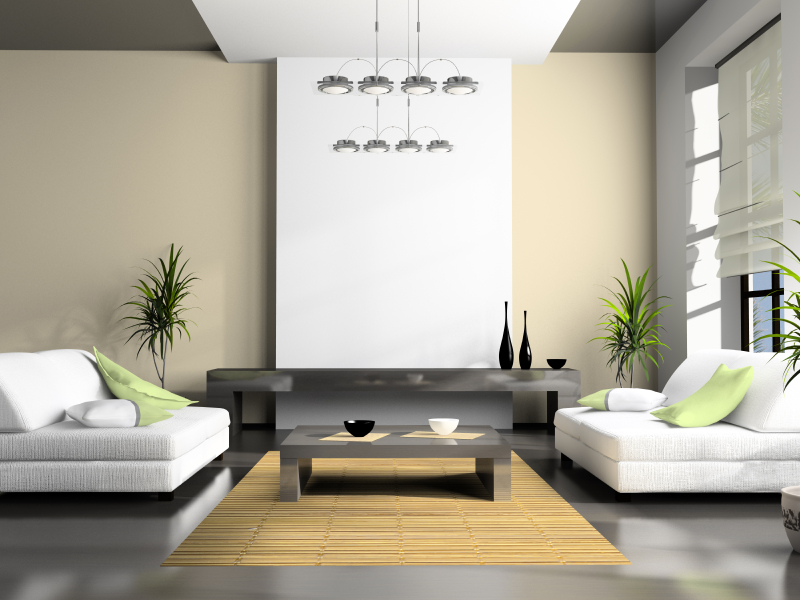
Renovating a space is a fun activity that allows you to breathe new life into your surroundings and create a space that truly reflects your personal style and needs. However, successful renovation projects do not happen by chance. They require careful planning and thoughtful interior design choices. In this article, we'll delve into the secrets of effective planning and interior design during renovations, helping you create a space that is both aesthetically pleasing and functional.
1. Define Your Goals and Priorities:
Before embarking on any renovation project, it is important to define your goals and priorities. Ask yourself what you hope to achieve with repairs. Do you want to improve functionality, create more storage space, or just update the look? By setting clear goals, you'll be able to better focus your efforts and make informed decisions throughout the process.
2. Set a realistic budget:
Repairs can quickly become costly if not managed properly. It is very important to set a realistic budget so that you don't overspend and end up with a half-finished project. Examine the average costs of materials, labor, and any professional help you may need. Add a buffer for unexpected expenses. Remember that it is better to allocate more money than anticipated than to be caught off guard.
3. Plan the layout:
The layout of the room plays an important role in its functionality. Consider how you are currently using the space and whether any changes are needed. Look for opportunities to optimize the flow and make the most of the available square footage. Experiment with different furniture layouts and consider the location of windows, doors, and electrical outlets. A well-planned layout will make your space more efficient and comfortable.
4. Lighting matters:
Lighting can make or break the atmosphere and functionality of a room. During the planning phase, think about the natural light sources in the space and how you can maximize their potential. Also, take a layered approach to lighting by combining surrounding, work, and accent lighting. This will allow you to create different moods, highlight architectural features, and cater to specific activities.
5. Choose your colors wisely:
Color can transform a room and evoke different emotions. When choosing colors for renovation, consider the atmosphere you want to create. Light and neutral tones can make a space look more spacious and airy, while darker colors will add warmth and depth. Take into account the purpose of the room and how different colors can affect mood and energy levels.
6. Balance between aesthetics and functionality:
While aesthetics are important, don't sacrifice functionality for style. Your space should not only look good, but also serve its intended purpose. Choose furniture and décor that not only complement the overall design, but also meet your practical needs. Implement storage solutions, consider the flow of traffic, and make sure that each element serves a specific purpose.
7. Attention to detail:
Details can have a significant impact on the overall design of the room. Pay attention to more subtle elements such as fittings, finishes, and finishes. Reconciling these details can bring cohesion and polish to your repair. Choose fittings that complement the style of the room, and choose high-quality finishes that will stand the test of time.
8. Seek professional advice:
Despite the fact that many repairs can be done with your own hands, seeking professional advice can be invaluable. Interior designers and contractors have the knowledge and experience to help you avoid costly mistakes and ensure a smooth renovation process. They can offer recommendations on design solutions, source materials, and manage the project effectively.
In conclusion, effective planning and interior design are the secrets to a successful renovation. By defining your goals, setting a realistic budget, and focusing on layout, lighting, color, and details, you can create a space that is visually appealing and functional. Don't be afraid to seek professional advice when needed, as their experience can save you time, money, and a headache along the way. Happy repair!